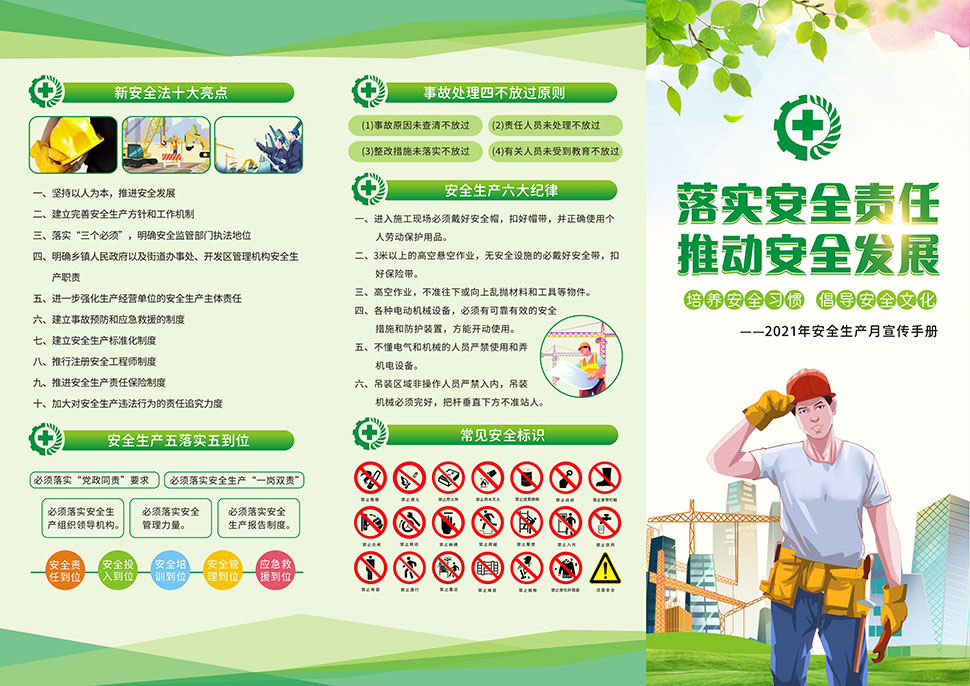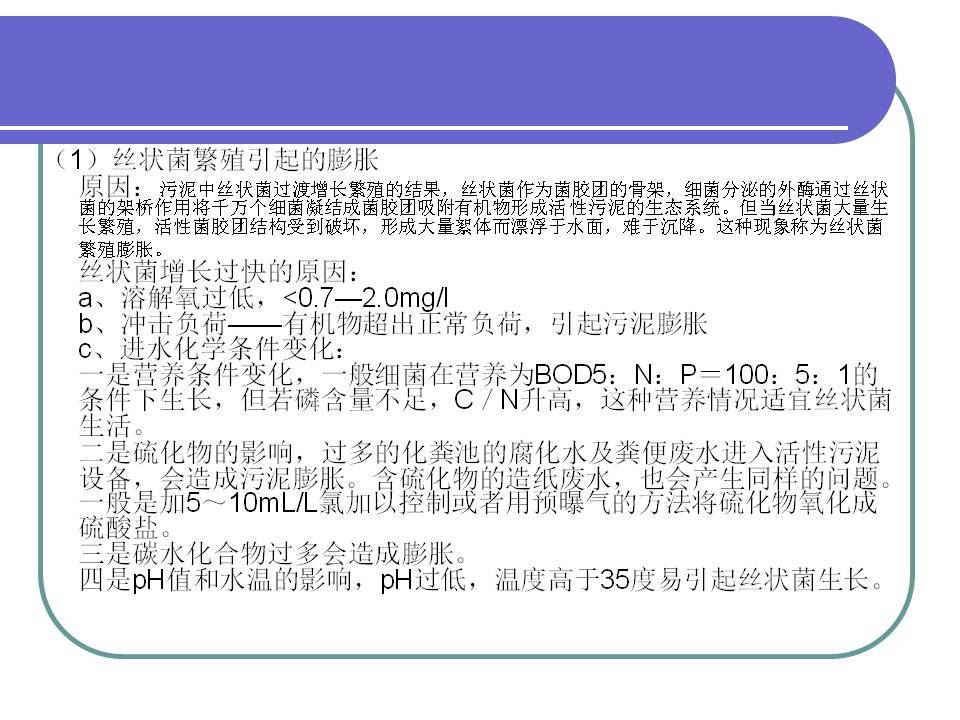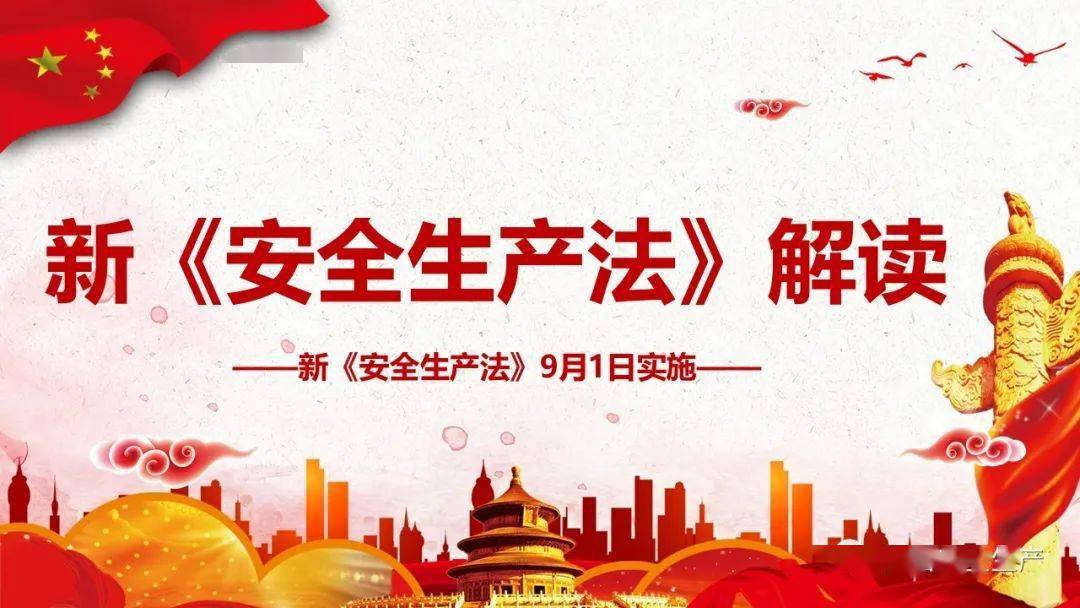引言
澳门作为中国特别行政区,其独特的地理位置和丰富历史文化背景成为了吸引全球旅客的重要理由。随着社会的发展和城市化的进程,澳门的城市规划、安全设计方面也得到了广泛的关注。本文将重点讨论有关澳门安全设计解析说明法,尤其关注澳门如何使得其在2024年的历史记录中,在建筑设计和安全规划中取得卓越成就,并且讨论具体的设计策略和方法,尽可能保证城建安全。
澳门历史概况
澳门严格地来说是一个不是撑得起太大篇幅的话题。但在历史的角度来看,澳门曾经在中葡历史中承担了重要的角色。1507年,葡萄牙人到达澳门地区。随后的1564年(澳门现存最早的历史记录)澳门就被葡萄牙租借,后成为葡萄牙的殖民地。直至1999年12月20日,澳门根据中葡联合声明安排,才正式回归中国,成为中国的特别行政区。澳门回归后依旧保留了原有的社会和制度体系,这种“一国两制”的政策实施,给澳门带来了很多的发展空间和机遇。
澳门安全设计解析说明及其重要性
对于有着150多年殖民历史的城市来说,安全是澳门实现稳定和发展的一个核心问题。随着大量游客的涌入,澳门的安全设计必须考虑到交通、旅游人潮和城市维护等多方面因素。就是要保证在快速发展的情况下,澳门的居民和游客依然能够享受一个高质量的生活环境。因此,澳门的安全设计解析,需要关注以下几个重点:
- 确保公共区域的开放性和可接近性;
- 提高紧急情况下的应对能力;
- 保持城市监控和安全防范;
- 具有景观设计相关的考量;
- 融入可持续发展的理念。
安全设计案例分析
澳门的安全案例可以从交通管理、消防设施和智慧城市等方面综合考量:
交通管理
澳门大部份的道路建设于山丘地区,复杂狭窄的道路给交通管理带来了巨大挑战。因此,澳门针对道路交通实施了一系列的优化措施:
- 增加监控摄像头的数量和覆盖范围,对关键干道实行全程监控;
- 设置智能交通信号灯,根据车流量自动调整红绿灯周期;
- 加强对酒驾和其他交通违法行为的查处力度;
- 鼓励市民使用公共交通,提供有效而便捷的公交系统服务。
消防设施
澳门面临着高密度人口和建筑的问题,因此消防设施建设十分关键。
- 常态化的消防安全培训,增加市民的安全意识;
- 严格执行建筑规范和防火法规,确保所有建筑都符合安全标准;
- 消防队实行24小时值班制度,保障火警时的快速响应和有效处置。
Macau's Embrace of Smart City
The implementation of smart city technologies aids significantly in promoting safety and security. Macau’s efforts in smart city development include:
- Deployment of sensors for environmental monitoring, including air quality sensors which help alert authorities to pollution incidents;
- Use of GPS technology for effective traffic management and navigation facilitation;
- The establishment of integrated city management systems that enable the real-time monitoring of city utilities and services;
- Implementation of digital platforms for public service delivery, such as digital health records and smart education;
- Development of earthquake early warning systems, considering the region's susceptibility to seismic activity.
景观设计相关的安全考量
Landscape architecture plays a crucial role in the safety design of Macau. It involves:
- Design of parks and open spaces that not only offers relaxation but also feature emergency access routes;
- Incorporation of safety barriers in waterfront areas to prevent accidents;
- Use of greenery to create a buffer against environmental hazards while enhancing the aesthetic quality of the city;
- Installation of well-lit pathways in recreational areas, contributing to nighttime safety;
- Placement of informative signs and maps throughout tourist-heavy areas to aid navigation and address safety concerns.
可持续发展的考量
Concerning sustainable development, Macau focuses on:
- Energy-efficient building design that reduces the environmental impact, including green roofs and solar panels;
- Promotion of public transportation and alternative transportation methods to reduce reliance on personal vehicles;
- Sustainable waste management systems that prioritize recycling and reduction of landfill;
- Conservation efforts for historical sites and natural landscapes as part of the city’s cultural and heritage safety;
- Implementation of policies that encourage companies to adopt environmentally responsible practices.
结论
Macau, with its unique blend of cultures and history, presents a different set of challenges and opportunities in the realm of urban planning and safety. By managing these with a well-considered mixture of traditional and modern safety measures, landscape integration, and the implementation of smart city technologies, Macau can continue to prosper while maintaining a high degree of livability and visitor satisfaction. The above insights highlight how critical a comprehensive approach to safety is for ensuring the ongoing stability and success of this vibrant and dynamic destination. The historical records by 2024 will echo these successful implementations which are vital for Macau’s future discourse and development.








 京公网安备11000000000001号
京公网安备11000000000001号 京ICP备11000001号
京ICP备11000001号